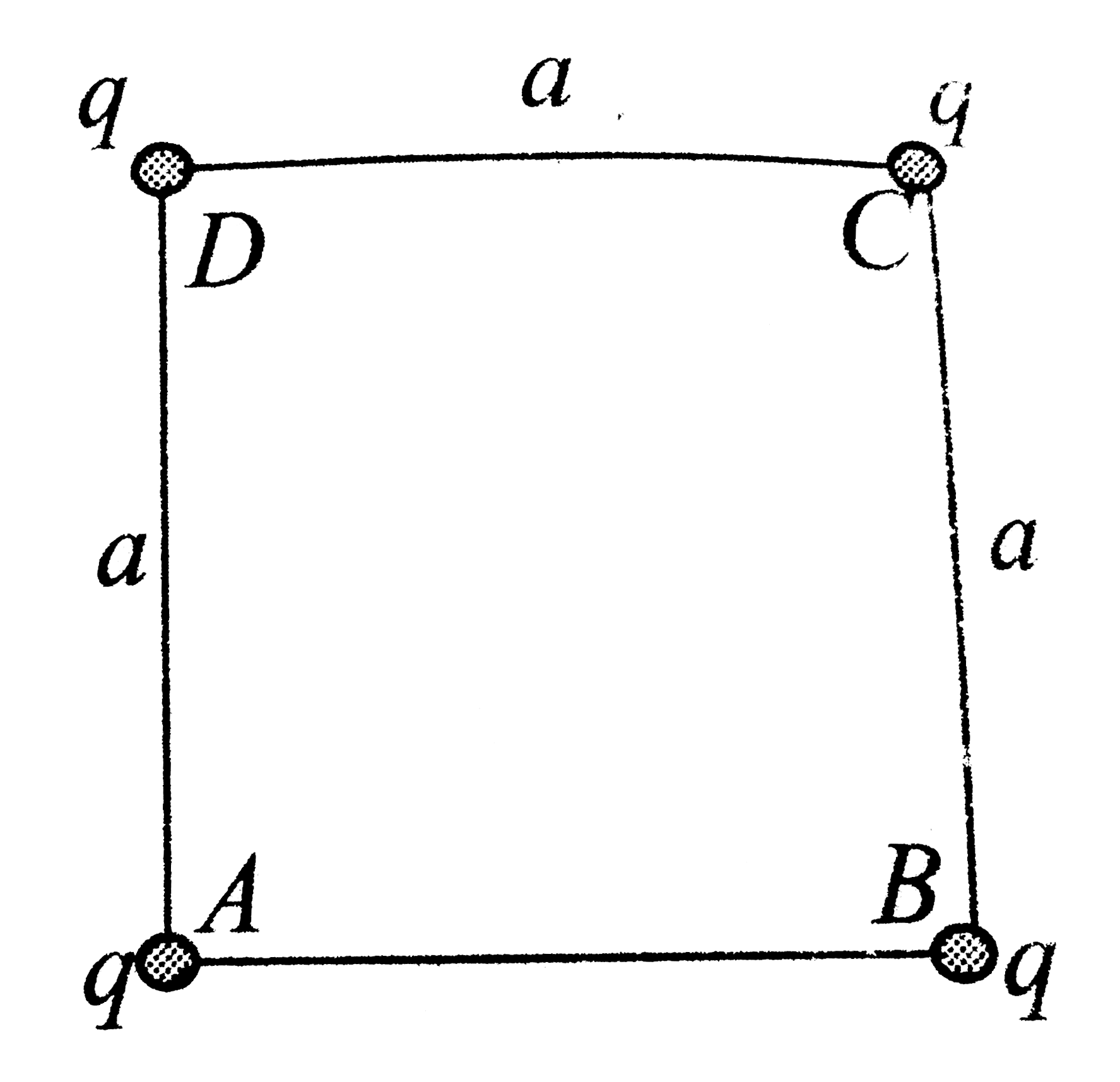There is an infinite straight chain of alternating charges q and -q. The distance between the two neighbouring charges is equal to a. Find the interaction energy of any charge with all the other charges.
Step by step video & image solution for There is an infinite straight chain of alternating charges q and -q. The distance between the two neighbouring charges is equal to a. Find the interaction energy of any charge with all the other charges. by Physics experts to help you in doubts & scoring excellent marks in Class 12 exams.
Updated on:21/07/2023Topper's Solved these Questions
- ELECTROSTATICSBOOK - PHYSICS GALAXY - ASHISH ARORACHAPTER - ELECTROSTATICSEXERCISE - Partice Exercise 1.1
1 Videos
- ELECTROSTATICSBOOK - PHYSICS GALAXY - ASHISH ARORACHAPTER - ELECTROSTATICSEXERCISE - Partice Exercise
93 Videos
- ELECTROMAGNETIC INDUCTION AND ALTERNATING CURRENTBOOK - PHYSICS GALAXY - ASHISH ARORACHAPTER - ELECTROMAGNETIC INDUCTION AND ALTERNATING CURRENTEXERCISE - Advance MCQs
33 Videos
- GEOMETRICAL OPTICSBOOK - PHYSICS GALAXY - ASHISH ARORACHAPTER - GEOMETRICAL OPTICSEXERCISE - Unsolved Numerical Problems
107 Videos
Similar Questions
There is an infinite straight chain of alternating charges q and −q . The distance between teh neighbouring charges is equal to a. Find the interaction energy of each charge with all the others.
Instruction . Make use of the expansion of In (1+α) in a power series in α.
View SolutionA point charge q is located at a distance l from an infinite tonducting plane. Find the interaction energy of that charge with chose induced on the plane.
View Solution
Knowledge Check
The product of positive charge and distance between the two charges is
Aelectric dipoleBelectric dipole momentCelectric fluxDelectric intensityF is the force and r is the distance between two charges q. If charges are halved and distance is doubled, then the new force will
AF8BF16C4FDF4Three point charges q are placed at three vertices of an equilateral triangle of side a. Find magnitude of electric force on any charge due to the other two.
A(√34πε0)(qa)2B(√24πε0)(qa)2C(√34πε0)(q2a)2D(√24πε0)(2qa)2
Four identical charges q are placed at the corners of a square of side a. Find the potential energy of one of the charges due to the remaining charges.
 .
.
View SolutionA charge is divided into two charges q and (Q-q) .The value of q so that force between them is maximum is equal to
View SolutionTwo point charges q and −2q are kept 'd' distance apart. Find the location of the point relative to charge q at which potential due to the system of charges is zero.
View SolutionFour similar point charges q are located at the vertices of a tetrahedron with an edge a. the energy of the interaction of charges is:

View SolutionA charge Q exerts a 12 N force on another charge q. If the distance between the charges is doubled, what is the magnitude of the force exerted on Q by q?
View Solution
